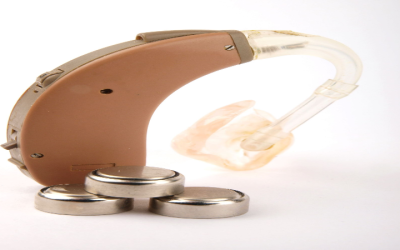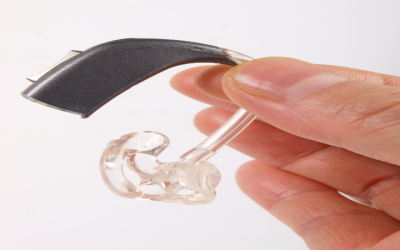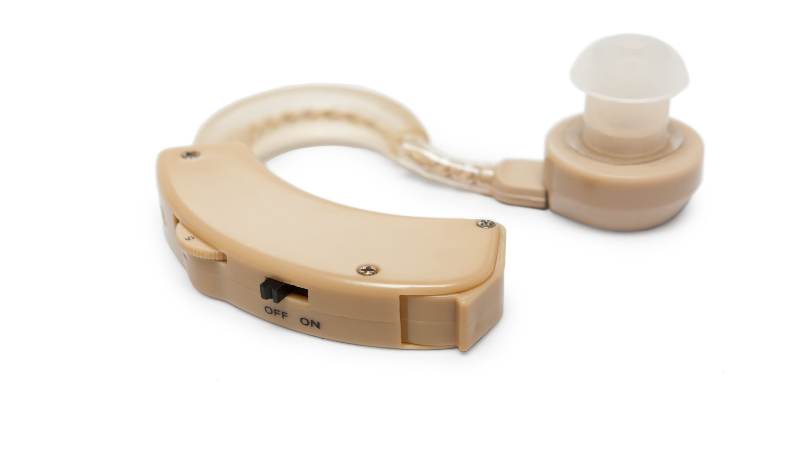Hearing loss is often associated with getting older, but the truth is that hearing loss affects individuals of all ages, from newborns, to teens, middle-aged and older adults. Wearing a hearing aid device beats the alternative -; not being able to hear. Maybe you noticed that you have to turn the volume up to 20 on the TV when it used to be set on 15. After a visit to an audiologist, you get a referral to a Hearing Aid Provider in Norwich CT, and odds are you are not leaping for joy. Consider yourself lucky because hearing aids only help some individuals.
There are three forms of hearing loss and hearing aid devices help with only one of them -; and that would be sensorineural hearing loss, which is a permanent hearing loss. This is the most common form of hearing loss resulting from damage to either the inner ear or cochlea or the nerves leading from the inner ear to the brain. It is typically irreparable and reduces one’s ability to hear the faint sound and even loud sounds may be muffled or unclear. With any hearing loss, it is important to Schedule An Appointment with an audiologist.
The types of hearing aid devices in order of smallest to largest available through a Hearing Aid Provider in Norwich CT, are completely-in-canal (CIC), in-the-canal (ITC), in-the-ear(ITE), behind-the-ear (BTE), and receiver-in-canal (RIC).
• CIC – Designed to fit completely inside the ear canal and as such is the least visible hearing aid device and also less apt to be affected by wind.
• ITC – Custom made and rested partially in the ear canal. Best for mild to moderate hearing loss.
• ITE – Custom made in two designs – one that fits inside the bowl-shaped part of the ear and one that fits in the lower half only. Easy to handle comes with volume control, and long battery life.
• BTE – Worn outside the ear by hooking over the top on the ear and secured behind the ear. Better amplification than other types.
• RIC – Like the BTE style only it uses wires to connect the pieces rather than tubes.
No matter what style is chosen a comfortable fit is imperative to continued use. An ill-fitting hearing aid won’t be worn for long. Granted, wearing hearing aids are not fashion statements, but odds are the wearer is more aware of them than are others.



